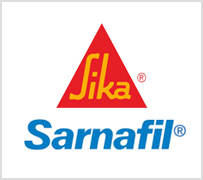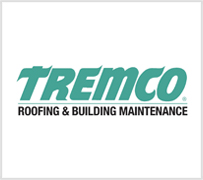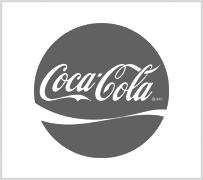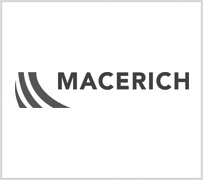
Home / News / Tile Roofing Advancements

Not long ago, the gray slate roofing materials of Victorian architecture and the red tile roof of the Spanish or Mediterranean styles were the only choices in tile roofing. Now, because of advances in technology and manufacturing techniques, tile roofs are no longer confined to certain architectural styles. Today, tile roofs are made from a multitude of materials, colors and designs to suit the taste and design intentions of any home or commercial business owner.
In general, tile roofs have an extended lifespan of 50+ years. All tiles are fire resistant, able to withstand harsh chemicals, resistant to biological degradation, resistant to insects and critters, resistant to mold, and effective against extremes of heat and cold. However, advancements in technology have also made tile:
Lighter weight —making them flexible with all sorts of architectural designs
More energy efficiency — incorporating green technologies that help home and business owners save up to 20-30% on utility costs
More reflective — including cool roofing options that help reduce the problem of urban heat islands
More flexible — incorporating new materials used in the manufacturing process, including recycled options
More adaptable — to many architectural styles thanks to new colors, shapes and look-alikes to wood and cedar shake
More water resistant — new underlayment waterproof barriers, trim and venting options make tile roofing more water resistant than it has been in the past
Today, tile roofing options include:
Clay or Ceramic tiles are made by baking clay that has been colored and glazed. They are available in a wide variety of textures, finishes and styles.
Concrete tiles are made using concrete that is reinforced with fibers to increase their strength and durability. These tiles are typically pressed into molds to create all different kinds of shapes and designs. The tiles are then finished with colored dyes and glazes.
Slate is a natural stone material that typically lasts more than 100 years with very little maintenance. It can be enhanced by cutting the material into different shapes to suit the architecture of the home or business.
Metal tiles are manufactured from aluminum, copper, steel, or tin and can be made in a range of shapes styles and colors that mimic the look of stone. Metal tiles are extremely lightweight, durable and extremely useful in mountainous regions that receive heavy snow loads.
Synthetic tiles are made from polymers or rubber compounds and can be shape and colored in a great many styles and designs that mimic the look of clay, ceramic or slate. They are also lightweight and durable, and easier to install than clay, cement, or metal tiles.
If you are building a new home or considering replacing your current roofing material, consult with your professional roofing contractor to explore how a tile roof can enhance the look of your home or business.











